
35 Genius Baking Hacks You Didn’t Know You Needed
Ready to transform your baking game? These 35 clever hacks will save you time, fix common baking problems, and make your treats taste even better!
Keeping your home and personal items clean is essential for health and comfort. But how often should you really wash or clean different things—from carpets and pillows to your jeans and even your car? The answer isn’t one-size-fits-all; it depends on usage, environment, and item type. In this comprehensive guide, we provide general recommendations and practical tips to help you establish an effective cleaning routine that protects your wellbeing and prolongs the life of your belongings.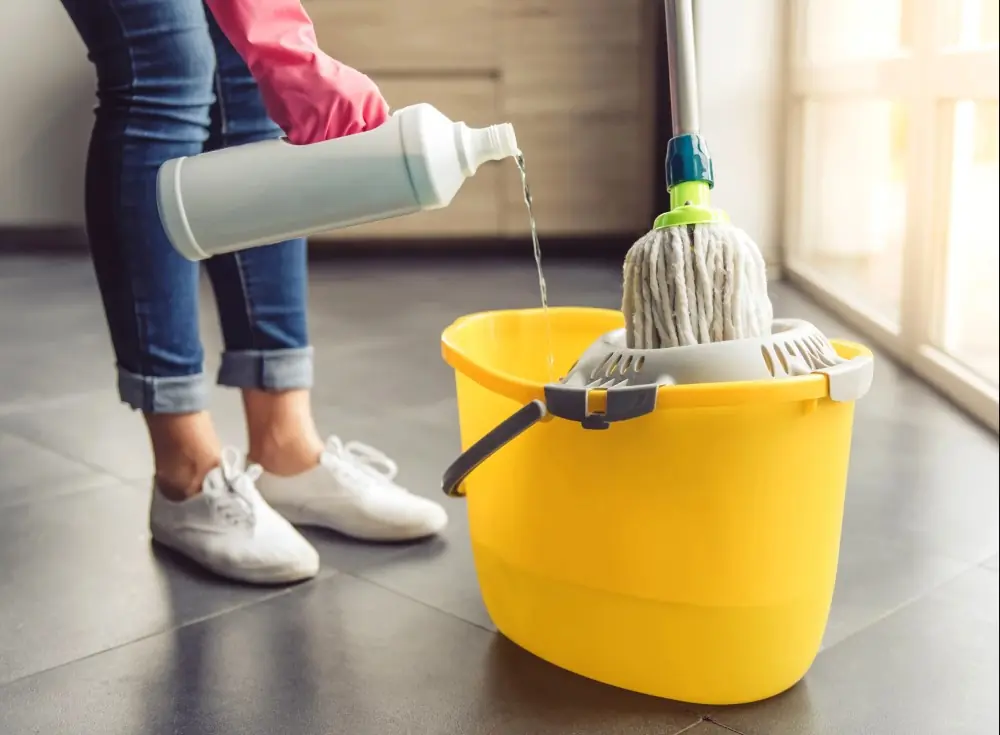
Why Regular Cleaning Matters
Cleaning does more than maintain appearances—it controls allergens, bacteria, and unpleasant odors that can affect your health. Dust mites, mold, and bacteria thrive on neglected surfaces, contributing to allergies, respiratory issues, and infections. Moreover, clean items last longer and function better, saving you money over time.
Recommended Cleaning Frequency for Household and Personal Items
1. Carpets and Rugs
Frequency: Vacuum weekly; deep steam clean monthly
Why: Carpets accumulate dirt, dust mites, and allergens. Regular vacuuming removes surface debris, while monthly steam cleaning penetrates fibers to kill bacteria and mites.
Tip: Sprinkle baking soda mixed with lemon essential oil on carpets before vacuuming to neutralize odors naturally.
2. Pillows
Frequency: Wash every 3-4 months
Why: Pillows collect sweat, oils, dust mites, and allergens over time, which can aggravate allergies and skin issues.
Tip: Use a gentle machine cycle and ensure thorough drying to avoid mold growth.
3. Refrigerator
Frequency: Clean every 1-2 weeks; deep clean monthly
Why: Food spills and expired items can breed bacteria and odors. Regular cleaning prevents contamination and keeps food fresh.
Tip: Use a mix of water and white vinegar or a mild disinfectant. After cleaning, air dry with the door open for an hour.
4. Bras and Underwear
Frequency: Bras every 3-4 wears; underwear after each use
Why: Bras need time to regain shape, so avoid daily washing unless worn heavily. Underwear must be washed after every use to maintain hygiene.
Tip: Air out bras for 24 hours between uses to prolong elasticity.
5. Hair
Frequency: Wash every 2-3 days
Why: Daily washing strips natural oils, leading to dryness and scalp irritation. Adjust based on hair type and lifestyle.
Tip: Use sulfate-free shampoos and condition regularly for hydration.
6. Jeans
Frequency: Wash every 4-5 wears
Why: Frequent washing causes denim to fade and shrink. Washing less preserves fabric and fit.
Tip: Turn jeans inside out and wash in cold water for best results.
7. Car
Frequency: Wash every 2-3 weeks; sooner after bad weather
Why: Dirt, salt, and pollutants damage paint and metal if left untreated.
Tip: Regular washing maintains vehicle value and appearance.
8. Toilet and Bathroom
Frequency: Clean toilet bowl and bathroom every 2 days
Why: Bathrooms harbor bacteria and mold; frequent cleaning reduces infection risk.
Tip: Use toilet cleaners and disinfectants; let sit 15 minutes before scrubbing.
9. Mattress
Frequency: Clean and deodorize every 6 months
Why: Mattresses trap dust mites, sweat, and allergens that affect sleep quality.
Tip: Vacuum and sprinkle baking soda with essential oils for odor removal; let sit before vacuuming.
10. Bath Towels
Frequency: Wash once a week; air out daily
Why: Towels hold moisture, which encourages bacteria and mold growth.
Tip: Hang towels spread out to dry and wash in warm water.
11. Bedsheets
Frequency: Wash weekly
Why: Sheets accumulate dead skin, sweat, and dust mites that can cause allergies and skin problems.
Tip: Use hot water to kill mites and allergens.
12. Oven and Microwave
Frequency: Deep clean oven every 6 months; microwave as needed
Why: Built-up grease and food residues can emit odors and reduce appliance efficiency.
Tip: Use baking soda and vinegar paste for ovens; heat lemon-water solution in microwave to loosen grime.
13. Windows
Frequency: Clean thoroughly every 6 months
Why: Dirt and smudges reduce natural light and can damage window surfaces.
Tip: Use mild detergent and microfiber cloth for streak-free results.
14. Wallet/Purse
Frequency: Clean and declutter weekly
Why: Purses and wallets accumulate bacteria and unnecessary clutter.
Tip: Wipe with disinfectant and remove expired items regularly.
15. Washer and Dryer
Frequency: Clean monthly
Why: These appliances harbor mold, mildew, and detergent buildup.
Tip: Run an empty cycle with white vinegar and baking soda to sanitize.
16. Sink and Drain
Frequency: Clean daily
Why: Sinks and drains collect food particles and bacteria, leading to odors and clogs.
Tip: Use disinfectants and flush with hot water regularly.
How to Create a Cleaning Schedule That Works
Establishing a cleaning routine that fits your lifestyle is essential. Use a calendar or smartphone reminders to schedule regular tasks. Break down chores into daily, weekly, and monthly lists to avoid overwhelm. Prioritize high-traffic areas and items with direct skin contact.
Benefits of Consistent Cleaning
Reduces allergens and asthma triggers
Prevents infections and skin irritations
Prolongs life of household items and clothes
Improves overall home comfort and aesthetics
Conclusion
Regular cleaning isn’t just about tidiness—it’s a vital part of maintaining your health and well-being. By following these general guidelines on how often to wash and clean your belongings, you can minimize health risks, improve air quality, and create a fresher living environment. Remember, these recommendations can vary based on personal habits and local conditions, so adjust accordingly.

Ready to transform your baking game? These 35 clever hacks will save you time, fix common baking problems, and make your treats taste even better!
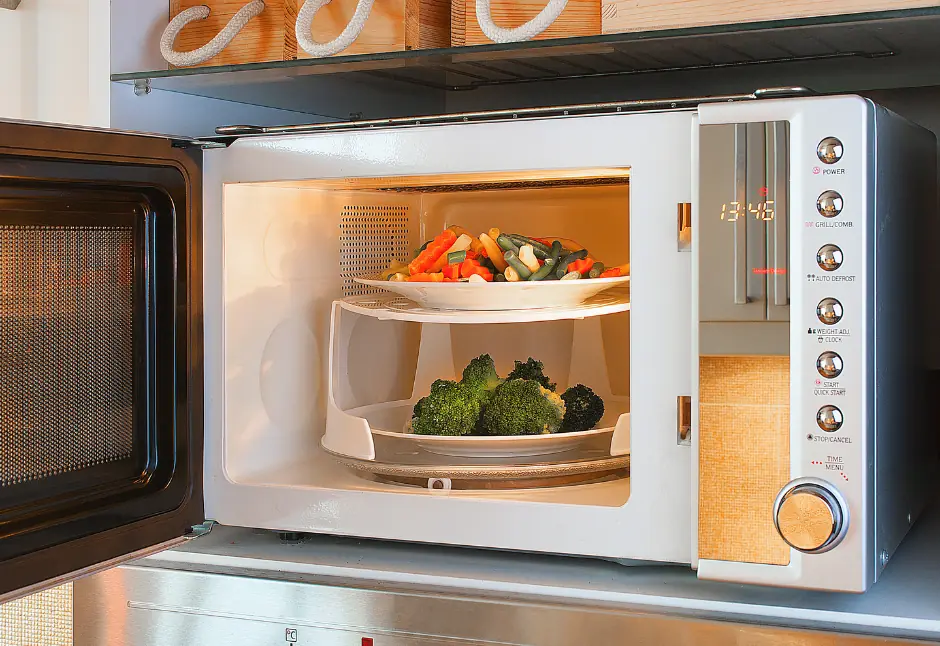
Unlock the full potential of your microwave with these clever hacks to save time and make meal prep easier than ever.
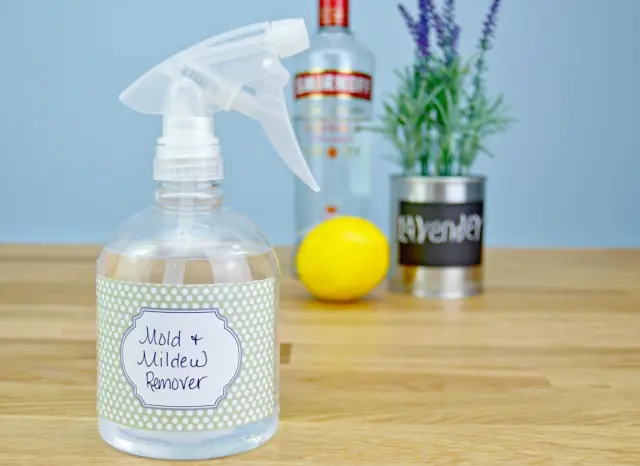
Discover natural, non-toxic ways to eliminate mould from your home using simple ingredients that are just as effective as harsh chemicals.

In a noisy world filled with distractions, embracing silence can restore your focus, clarity, and emotional balance.

Your body constantly sends signals to alert you about its needs and potential health concerns — learning to understand these signs can empower you to take control of your well-being.

Many everyday household products contain harmful chemicals, but simple, natural alternatives can keep your home safe and healthy.

Fuel your day with the right foods and habits—discover how to sustain your energy, avoid fatigue, and eat smart with our expert-backed 7-day meal plan.

Discover how everyday spices not only enhance your meals but also offer remarkable health benefits, from reducing inflammation to boosting heart and brain health.

Stay hydrated the smart way: discover the best times to drink water for your health and energy.

Caring for pets doesn’t have to be expensive or stressful—these 10 easy hacks make life better for you and your furry friends!

Certain foods can naturally help your body fight parasites while a holistic approach offers personalized care.

Feeling stuck in a rut? It’s time to reclaim your motivation and unlock your full potential.
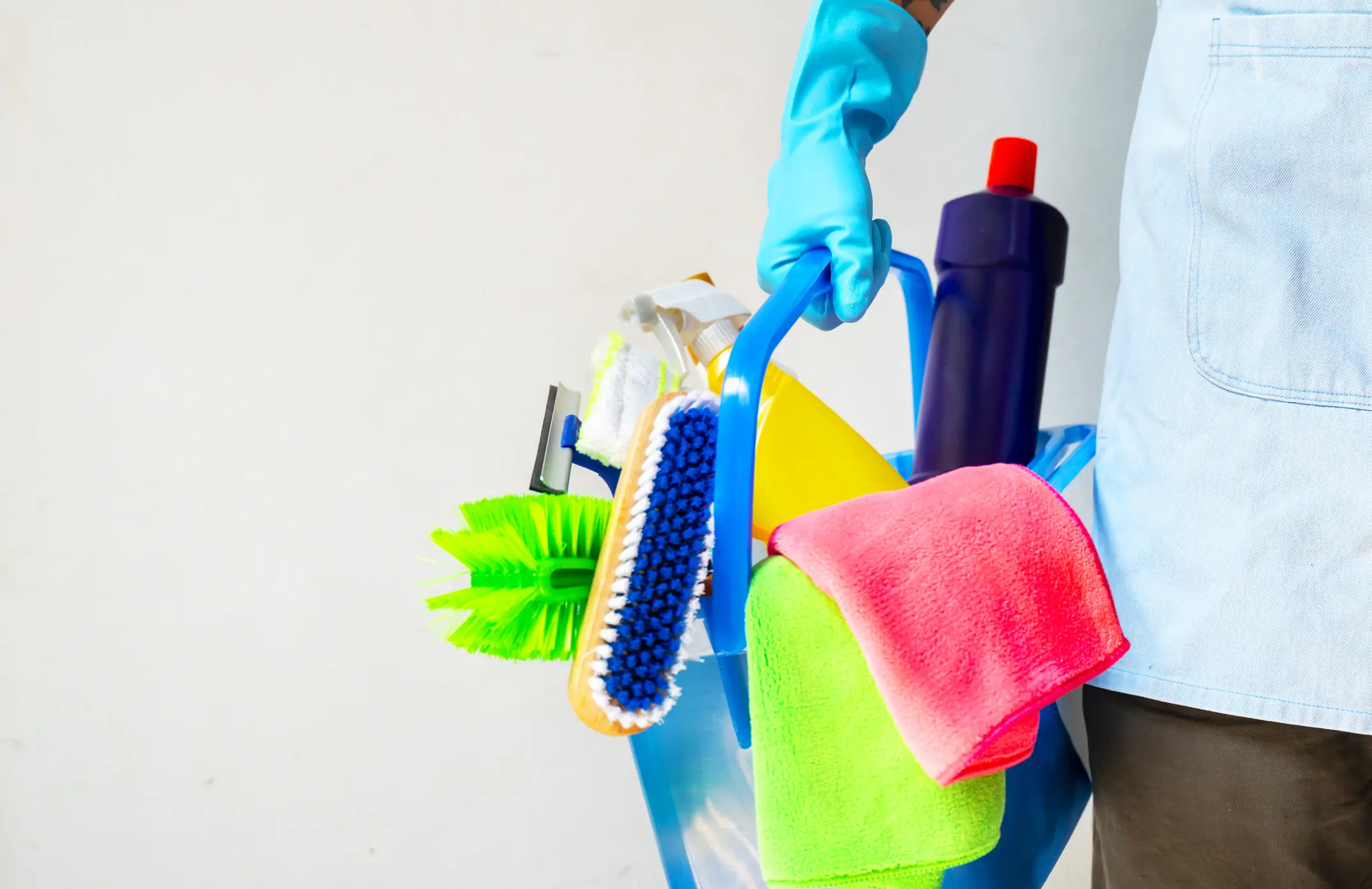
Master the art of home cleaning by knowing exactly what to clean—and when—to keep your living space fresh and organized effortlessly.

Discover the fascinating story behind collagen types and how they support your body’s health and beauty.

Beat the heat with these nutritious and delicious beverages perfect for tropical climates and sunny days.
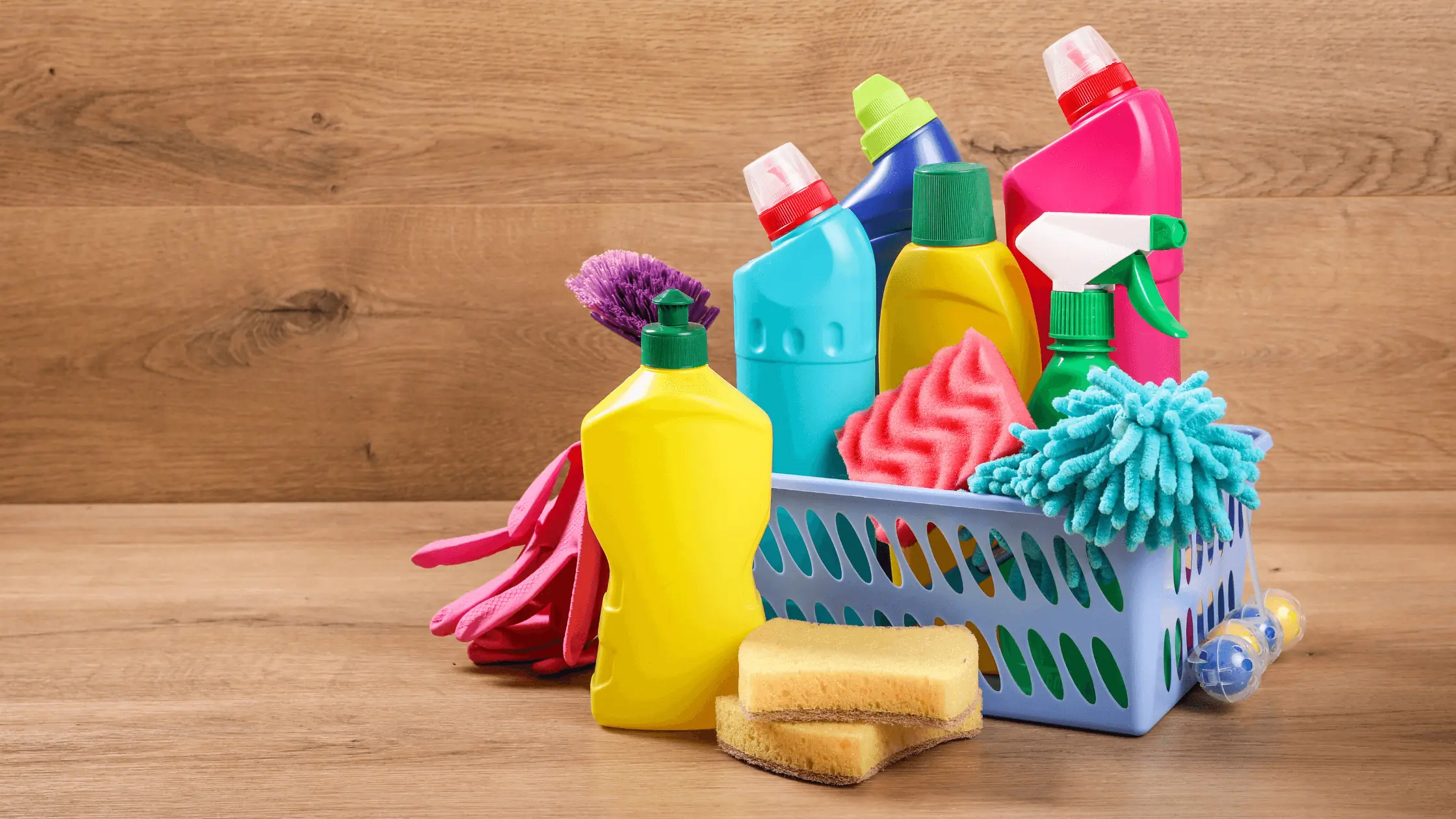
Master your cleaning routine by knowing exactly what tasks to tackle—and when—to keep your home fresh and inviting all year round.

Your diet plays a crucial role in immune health—learn which common foods might be harming your defenses and how to strengthen them naturally.

Incorporate these nutrient-packed foods into your diet to maintain electrolyte balance and promote optimal health.

Hormones play vital roles in regulating your body’s functions, affecting both physical and mental well-being.

Every morning, my son handed juice to a garbage man he called “Mr. Tomorrow.” I thought he was a stranger until I learned he held a secret tied to our family.

Discover the chilling secret behind a mother-in-law’s latex gloves in this suspenseful tale of hidden pain, family secrets, and resilience. A gripping story of fear, betrayal, and healing unfolds.

These six powerful juice recipes harness nature’s best ingredients to detoxify, hydrate, and protect your skin—leading to a clearer, firmer, and more luminous complexion.

Singer-rapper reflects on loss and shares heartfelt memories of late “soulmate” Nora Aunor


By incorporating this DIY elixir into your daily routine, you nourish your skin deeply, smooth fine lines, and restore a radiant, youthful complexion without exposure to harsh chemicals.

Fennel seed water is more than a refreshing beverage—it’s a holistic health tonic with the power to transform your metabolism, digestive health, skin radiance, and overall vitality.

Actress Lotlot de Leon recently stirred speculation online after posting cryptic messages about lies and truth on her Instagram Stories

Packed with powerful ingredients like cloves, rosemary, garlic, and hibiscus, this oil helps nourish your scalp, stimulate hair follicles, and encourage thicker, healthier hair.

John Rendez expresses deep sorrow over the passing of his dear friend and beloved superstar, Nora Aunor. Despite the passage of time, the loss remains a painful reality that he continues to cope with.

Ruffa Gutierrez opens up about her perspective on marriage and her current relationship with Herbert Bautista

During a playful yet challenging segment on Sarap Di Ba?, Zoren Legaspi faced a tricky question about his ex-girlfriends posed by his wife Carmina Villarroel, leading to a humorous but revealing exchange.

Ready to transform your baking game? These 35 clever hacks will save you time, fix common baking problems, and make your treats taste even better!

A heart-wrenching story of betrayal and love as Polina discovers her husband f@ked his de@th on their wedding day. After the sh0ck and heartbre@k, can she ever trust him again?

Unlock the full potential of your microwave with these clever hacks to save time and make meal prep easier than ever.
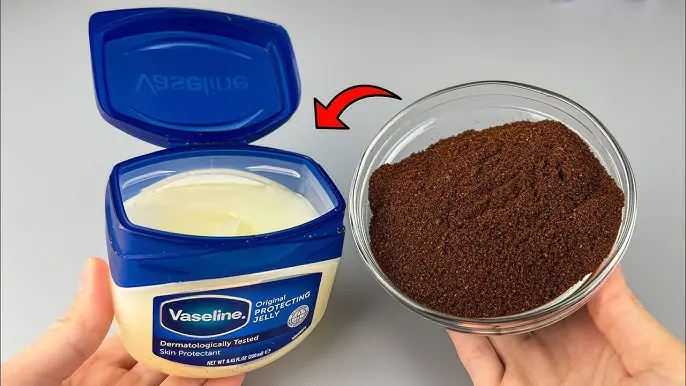
Still, for many, Vaseline offers simple, effective beauty care that doesn’t break the bank. When paired with natural ingredients, it becomes even more powerful - proving that skincare doesn’t have to be complicated to be effective.

Discover natural, non-toxic ways to eliminate mould from your home using simple ingredients that are just as effective as harsh chemicals.

In a noisy world filled with distractions, embracing silence can restore your focus, clarity, and emotional balance.

After losing her mother, Elanor faces emotional neglect from her husband Jasper, who chooses vacation over support. Her bold response forces change in their fractured marriage. A powerful story of grief, resilience, and reclaiming love.